Aging Population
The aging population is a critical driver for the Spinal Fusion Devices Market. As individuals age, they often experience degenerative spinal conditions, leading to an increased need for surgical interventions. It is estimated that by 2030, the number of people aged 65 and older will reach approximately 1.5 billion, significantly impacting healthcare systems. This demographic shift is likely to result in a higher prevalence of spinal disorders, thereby driving demand for spinal fusion procedures. Consequently, the Spinal Fusion Devices Market is expected to witness substantial growth as healthcare providers seek effective solutions to address the needs of this aging cohort.
Technological Innovations
Technological innovations play a pivotal role in shaping the Spinal Fusion Devices Market. Advancements in materials, design, and surgical techniques have led to the development of more effective and safer spinal fusion devices. For instance, the introduction of bioactive materials and 3D printing technology has enhanced the customization of implants, improving patient outcomes. Furthermore, minimally invasive surgical techniques are gaining traction, reducing recovery times and hospital stays. These innovations not only enhance the efficacy of spinal fusion procedures but also attract more patients seeking advanced treatment options, thereby propelling the growth of the Spinal Fusion Devices Market.
Growing Awareness and Education
Growing awareness and education regarding spinal health are influencing the Spinal Fusion Devices Market. As patients become more informed about spinal disorders and available treatment options, there is a greater demand for surgical interventions. Educational campaigns and resources provided by healthcare professionals are empowering individuals to seek timely medical attention for spinal issues. This increased awareness is likely to lead to higher rates of diagnosis and treatment, subsequently driving the demand for spinal fusion devices. As a result, the Spinal Fusion Devices Market is expected to experience growth as more patients pursue surgical solutions for their spinal health.
Increasing Healthcare Expenditure
Increasing healthcare expenditure is a significant driver for the Spinal Fusion Devices Market. As countries allocate more resources to healthcare, there is a corresponding rise in the availability and accessibility of advanced medical technologies. In many regions, healthcare spending has been on an upward trajectory, with projections indicating a continued increase in the coming years. This trend facilitates the adoption of innovative spinal fusion devices, as hospitals and surgical centers invest in state-of-the-art equipment to improve patient care. Consequently, the Spinal Fusion Devices Market is likely to benefit from this heightened investment in healthcare infrastructure.
Rising Incidence of Spinal Disorders
The rising incidence of spinal disorders is a prominent factor influencing the Spinal Fusion Devices Market. Conditions such as herniated discs, spinal stenosis, and spondylolisthesis are becoming increasingly common, necessitating surgical intervention. According to recent data, approximately 80% of adults experience back pain at some point in their lives, with a significant portion requiring surgical solutions. This trend underscores the growing need for spinal fusion devices, as they are often employed to stabilize the spine and alleviate pain. As the prevalence of these disorders continues to escalate, the Spinal Fusion Devices Market is poised for robust expansion.


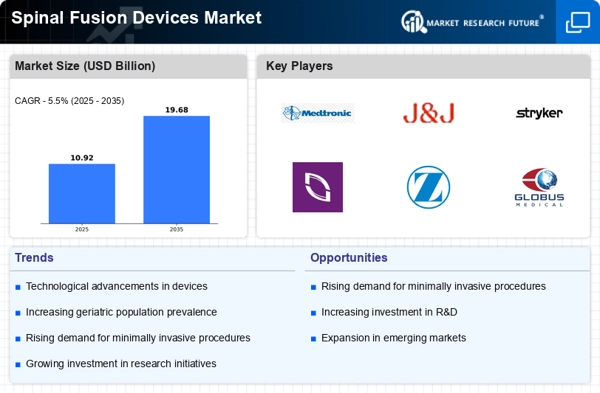
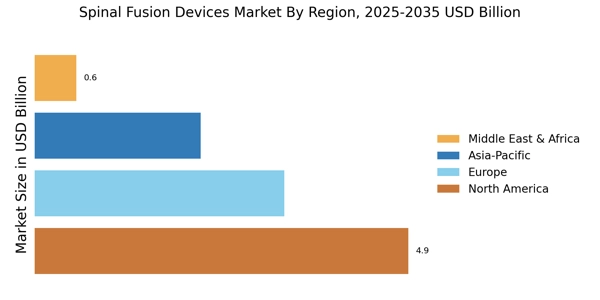
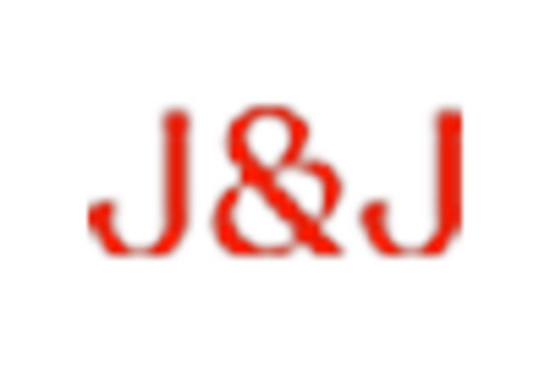
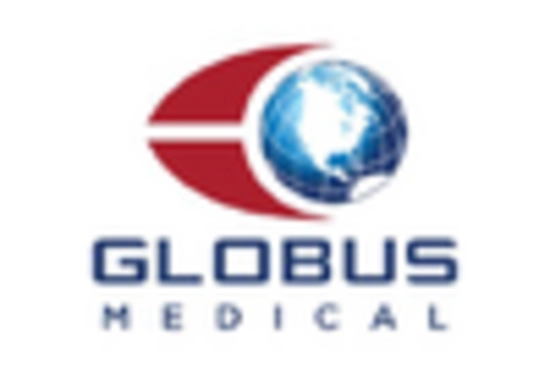

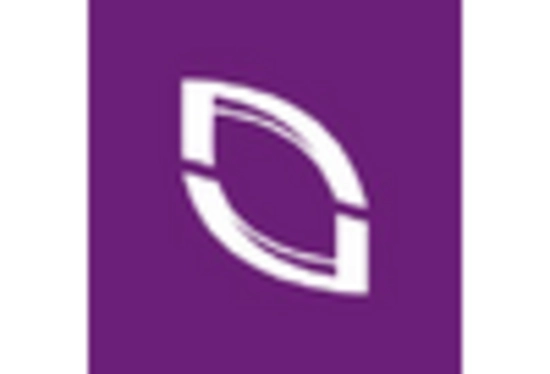

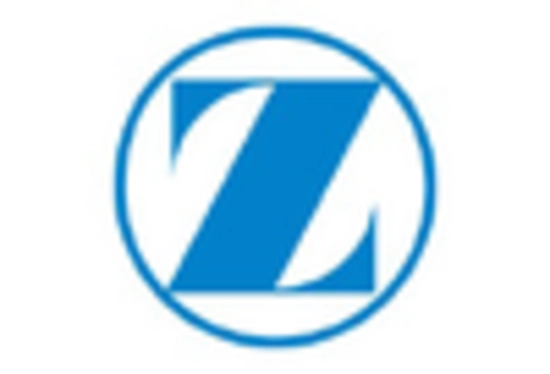








Leave a Comment